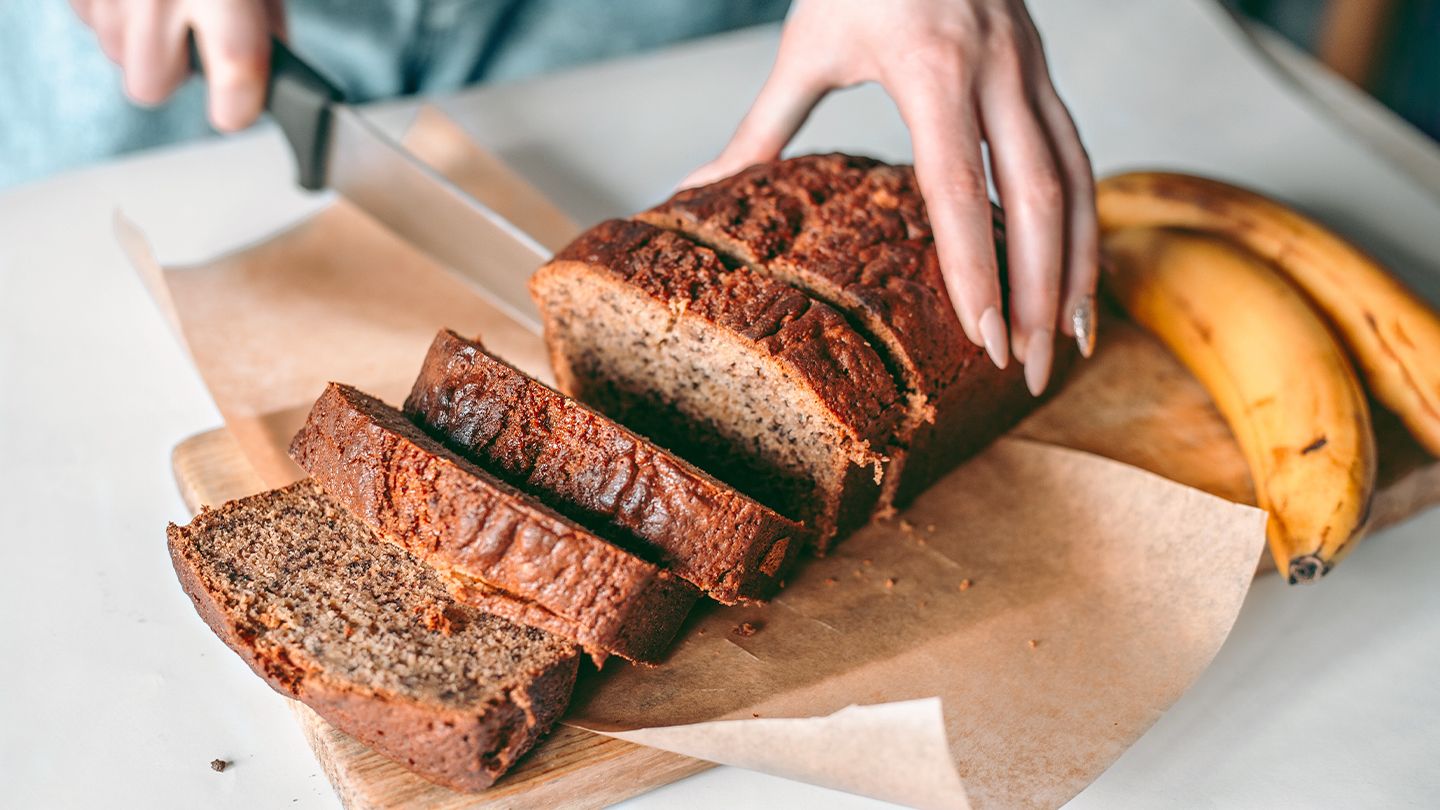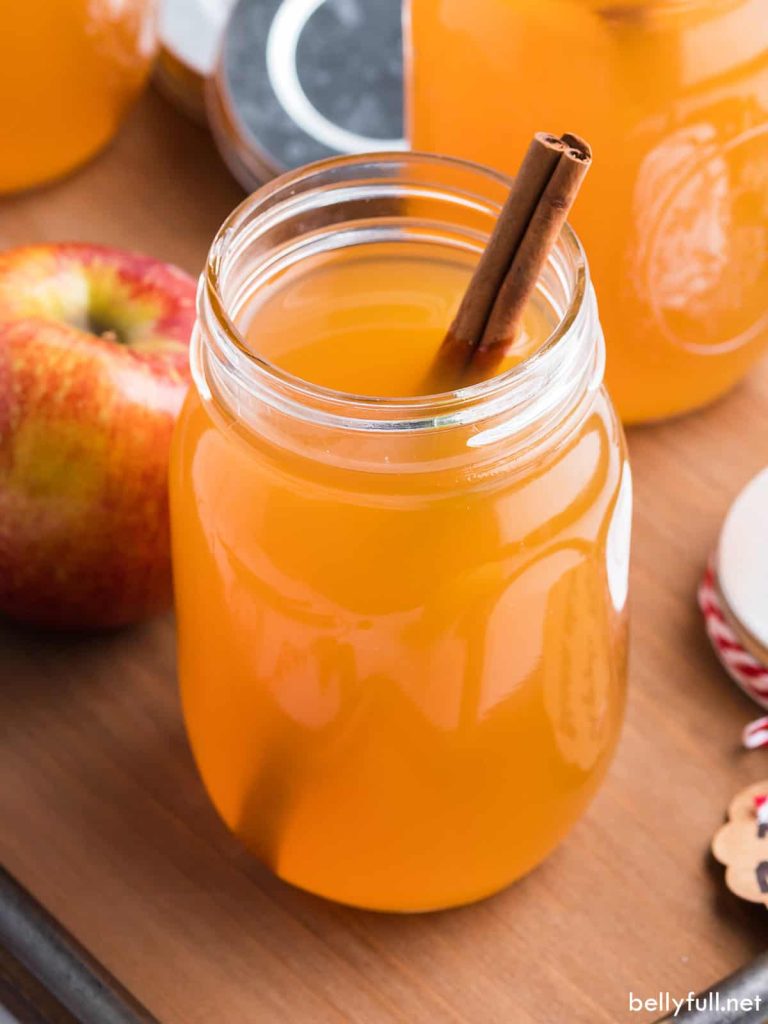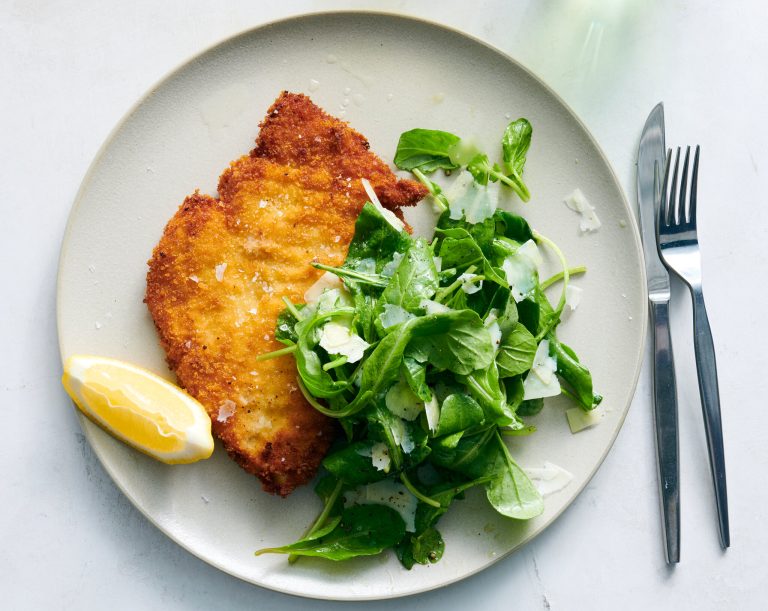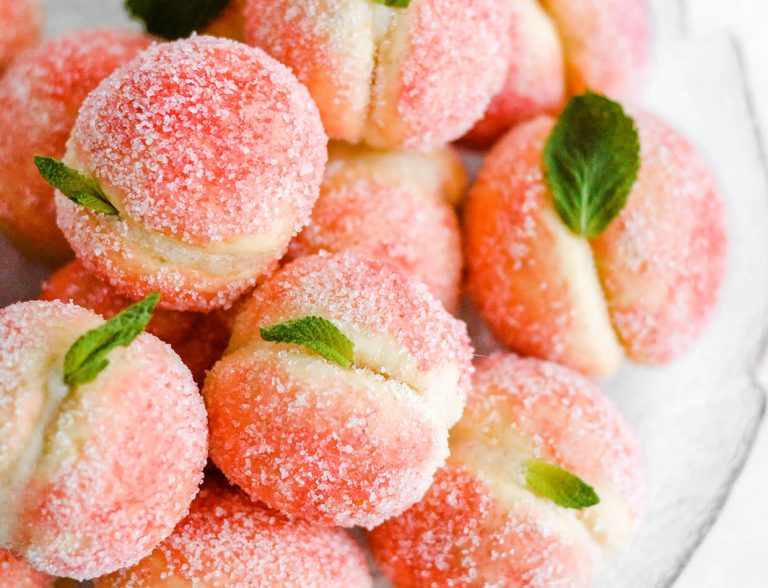Sweet Bread Recipes: Classic Favorites and Creative Twists
Sweet bread refers to any bread enhanced with sweeteners like sugar, honey, or molasses. These breads often include milk, butter, and eggs, giving them a rich texture and flavor. Unlike savory bread, sweet bread typically serves as a dessert or breakfast item. Its versatility allows for various additions like fruits, nuts, and spices.
Common Varieties of Sweet Bread
Several common varieties of sweet bread exist globally, each with distinct flavors and textures.
- Brioche: Originating from France, brioche is a rich, buttery bread often enjoyed as a breakfast pastry or used for making French toast.
- Challah: This Jewish bread, braided and slightly sweet, is traditionally enjoyed during Sabbath and holidays.
- Panettone: An Italian holiday bread, panettone features dried fruits and a soft, airy texture.
- Cinnamon Rolls: Popular in North America, these sweet rolls filled with cinnamon sugar are often topped with icing or glaze.
- Banana Bread: A moist, dense bread made with ripe bananas, often featuring nuts or chocolate chips.
Each variety offers a unique combination of flavors and ingredients, catering to different preferences and occasions.
Key Ingredients for the Best Basic Sweet Bread
Choosing the Right Flour
Using the correct flour influences the texture and rise of your sweet bread. Bread flour, with its higher gluten content, provides a chewier texture and better structure, making it ideal for sweet bread recipes. All-purpose flour is a versatile alternative if bread flour isn’t available. For a lighter crumb and more delicate texture, you can blend all-purpose flour with cake flour. If you’re looking for a whole grain option, mix whole wheat flour with all-purpose flour to ensure your bread retains softness while gaining a richer flavor profile.
The Role of Sugars and Sweeteners
Sugars and sweeteners bring out the sweetness and tenderness in your sweet bread. White granulated sugar is common, providing a clean, straightforward sweetness. Brown sugar adds a caramel-like depth, due to its molasses content. Honey, another natural sweetener, imparts a distinct floral note and adds moisture. For a more complex flavor and richer color, you can use molasses or maple syrup. When selecting sweeteners, consider their moisture content and flavor impact. Each option slightly alters the final taste and texture, so balance them to enhance the richness and sweetness of your bread.
Step-by-Step Guide to Making Sweet Bread
Mixing Ingredients
Combine milk, butter, and sugar in a bowl to start the process. Warm them until the butter melts and the sugar dissolves. Let this mixture cool until it’s lukewarm.
Sprinkle yeast over lukewarm water in another bowl. Wait five minutes for it to froth. Mix the yeast with the milk mixture and add beaten eggs. These ingredients enrich the dough, adding a soft texture and a rich flavor.
Gradually add flour to the mixture. Use cups of bread flour or all-purpose flour. Stir the mixture until it forms a dough. Knead the dough on a lightly floured surface. This process develops gluten, giving the bread its structure and chew.
Baking Tips for Perfect Texture
Preheat your oven to 350°F (175°C). This ensures even baking from the start.
Place the kneaded dough in a greased bowl, covering it with a damp cloth. Let it rise in a warm place until it doubles in size, usually around 1 to 2 hours. This step is crucial as it allows the yeast to ferment and create air pockets, leading to a light and fluffy texture.
Punch down the dough after it rises. Shape it into a loaf or desired form. Put the shaped dough into a greased baking pan. Allow it to rise again for about 30 minutes.
Bake the dough in the preheated oven for 25 to 30 minutes. The top should be golden brown, and it should sound hollow when tapped. Use a thermometer to check that the internal temperature reaches 190°F (88°C) for a perfect bake.
Brush the hot bread with melted butter for a soft and shiny crust. Let it cool on a wire rack before slicing, ensuring the inside sets properly and retains its moisture.
Review of Popular Sweet Bread Recipes
Traditional Sweet Bread
You’ll find traditional sweet bread recipes emphasizing simplicity and familiarity. One popular version is the classic brioche. Brioche contains flour, sugar, eggs, butter, and yeast, leading to a rich, tender crumb. The Portuguese sweet bread, or “Pão Doce,” includes milk, sugar, butter, eggs, and a hint of lemon zest, creating a delightful flavor balance.
Another favorite is the Mexican Pan de Muerto, traditionally made for the Day of the Dead. This bread’s unique taste comes from incorporating anise seeds and orange zest. The Swedish Kardemummabröd includes ground cardamom for a distinct, aromatic touch. These recipes are cherished for their comforting flavors and unchanging traditions.
Innovative Sweet Bread Variations
Contemporary bakers have taken sweet bread to new heights with innovative variations. Chocolate babka, a braided bread, combines layers of chocolate filling, creating a visually striking and delicious treat. Matcha swirl bread incorporates matcha powder into the dough, producing a visually appealing and distinct flavor with subtle bitterness.
Pumpkin spice sweet bread capitalizes on the seasonal popularity of pumpkin spice, using pumpkin puree, cinnamon, nutmeg, and cloves. Nutella-filled sweet rolls take a creative spin on traditional cinnamon rolls by replacing the filling with Nutella, offering a rich, chocolatey flavor. These creative twists on classic recipes introduce fresh tastes and textures, making sweet bread exciting and diverse.
Conclusion
Exploring the world of sweet bread opens up a delightful culinary journey. Whether you stick to traditional recipes or venture into innovative variations, the possibilities are endless. Sweet bread’s versatility and comforting nature make it a beloved staple in many households. So, roll up your sleeves and start baking. You’ll find that creating your own sweet bread is not only rewarding but also a delicious way to bring joy to your table.






